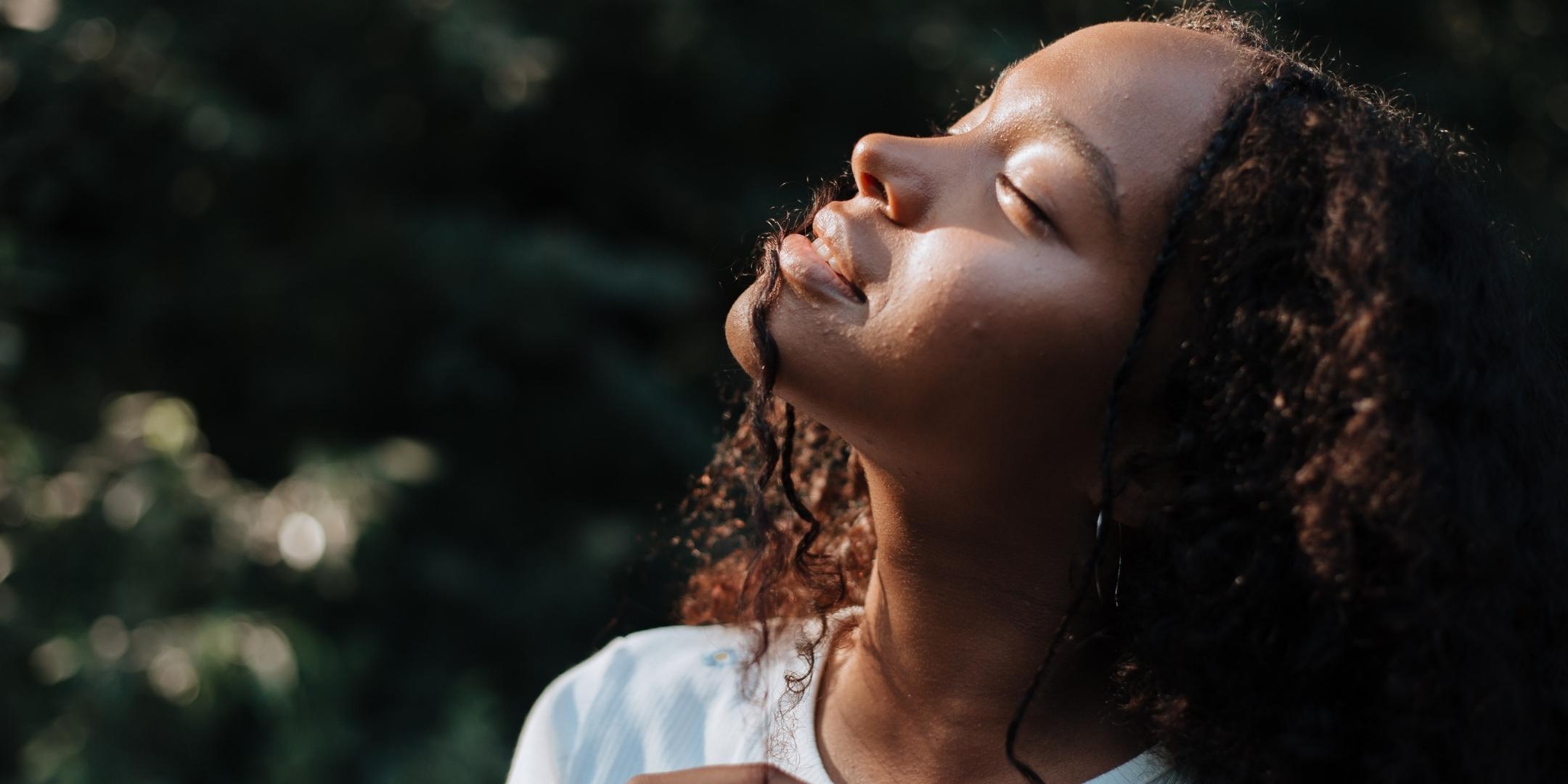Microblading is a semi-permanent makeup technique that employs a small, handheld tool to deposit and transfer pigment onto the skin, resulting in microblade strokes that resemble natural, individual brow hairs. It has existed for more than 40 years but has only recently gained widespread popularity. The process is also called the 3-D embroidery of the eyebrow.
The healing process for microblading eyebrows is a roller coaster of emotions. There will be times when you think the color is wrong and don’t get what you want. But that is fine. This blog will be your relief if you have just gone through a microblading process.
Making Semi-Permanent Makeup with Microscopy
A technician uses some technical tools to make these cuts in the skin. The technician adds pigment to the amounts, giving the impression of eyebrow hairs. The color of the dye used will depend on what you want to look like.
Microblading is an excellent way to make your eyebrows look feathery and full. Semi-Permanent makeup, like brow gel, isn’t always the best way to make your eyebrows look good. People who lose eyebrow hairs may also want to try microblading. Losing eyebrows or Madarosis can happen due to the following reasons
- Overplucking
- Hair loss is caused by Alopecia areata.
- Vitiligo
- Chemotherapy
- Hypothyroidism
- Hyperthyroidism
- Psoriasis
- The skin may become infected
- Trauma or an injury.
- Trichotillomania
If you want to get microblading, you need to know how the healing process works. This is because it makes minor cuts to your skin and it takes some time, approximately 4 to 6 weeks to recover. It might vary depending on several factors like age, body regeneration, etc.
If this is your first time microblading your eyebrows, make sure to discuss any concerns or issues you may have with your provider. They can explain what will happen to your skin while it heals and offer advice on post-microblading care.
What Can You Expect In Microblading Procedure?
Days 1–3: Brows appear more defined, though your face may feel cut and sore.
Your brows will appear incredibly bold and complete on the first day. While the color may appear entirely black, keep in mind that it will fade over time. You may likely encounter tenderness, minor edema, mild bleeding sensation of being slashed or bruised. These adverse effects should gradually lessen over the next two to three days.
Days 3–5: Eyebrows become very dark and then flake off. Your brows will darken and thicken as the pain and tenderness subside. They’ll still appear quite audacious. By day five, your brows will have developed a scab. They will be flaky and irritating to the point of being infected. This is completely normal and showcases that your skin is mending.
Days 5–8: Your eyebrows may feel continued flaking and color fading. You should anticipate increased scabbing, flaking, and peeling. Refrain from picking at the scabs, which will reopen the wounds and impair the healing process. Additionally, it may eliminate some pigment from the brows, resulting in patchy brows. Allow the scabs to flake off instead spontaneously.
The dark hue will fade as your brows continue to flake. However, the color will return.
Days 8–12: The flaking subsides, and the color returns. The flaking will gradually cease after the first week. Additionally, the stain will reappear.
Days 12–21: Color and texture appear more natural. Your eyebrows should appear more equal and natural in color. Additionally, the individual brow hairs will appear more distinct, creating the illusion of feathery brows.
Days 21–30: The skin heals.Your skin will be entirely healed within one month. It would help if you experienced no discomfort or agony. Additionally, your brows should appear soft and thick.
You’re likely to have a follow-up appointment with your provider in another month or two. This enables them to monitor your skin’s healing process and address any areas.
Few Tips To Endure Microblading Healing Process
- For at least seven days, avoid getting the region wet.
- For at least a week, refrain from wearing makeup.
- Avoid picking at scabs, tugging, or itching the brow area.
Avoid saunas, swimming, and extreme sweating until the region has healed completely and a follow-up appointment has been scheduled.
Do’s and Dont’s Of The Microblading Healing Process.
Do’s
- Use a baby wipe to clean your eyebrows. They are delicate!
- When washing your face, avoid the brow area.
- If possible, sleep on your back to avoid inflammation. Not to worry if you want to sleep on your side! Dress the ends with tiny band-aids.
- Keep them dry that can possibly aid in the healing process.
Don’ts
- Avoid getting them wet!
- For at least 24 hours, refrain from touching them.
- Avoid excessive perspiration and physical activity.
- They are free of ointment, cosmetics, or lotion.
- Avoid tanning or visiting a sauna. Avoid prolonged exposure to direct sunlight.
- Avoid picking, itching, or rubbing.
- Please make every effort to keep your hair away from them.
Final Words
After your first microblading session, your skin should be healed in about 25 to 30 days, but it could take longer, say a maximum of 6 to 8 weeks. At first, it might be a little tender and painful. This will go away with time. Your brows will also get darker and lighter before showing their final color.
Your skin is going to flake and peel as it heals. Avoid picking at your skin, which could reopen the minor cuts and make them take longer to heal.









